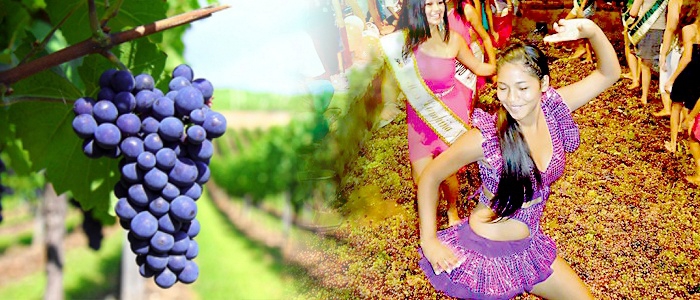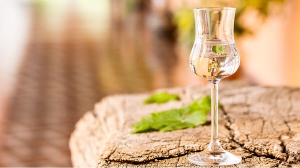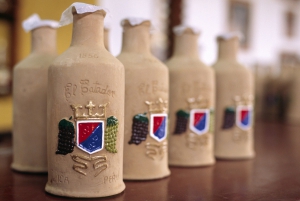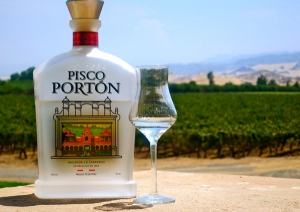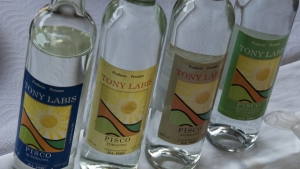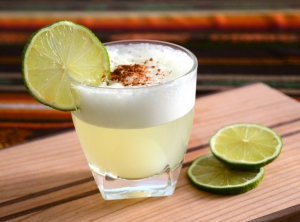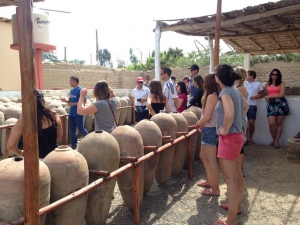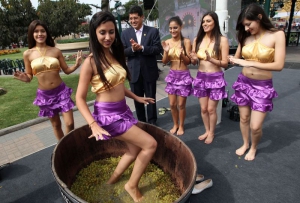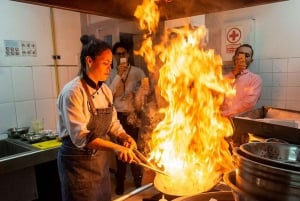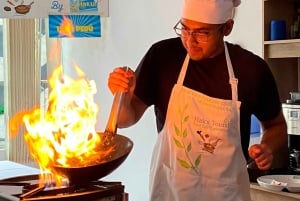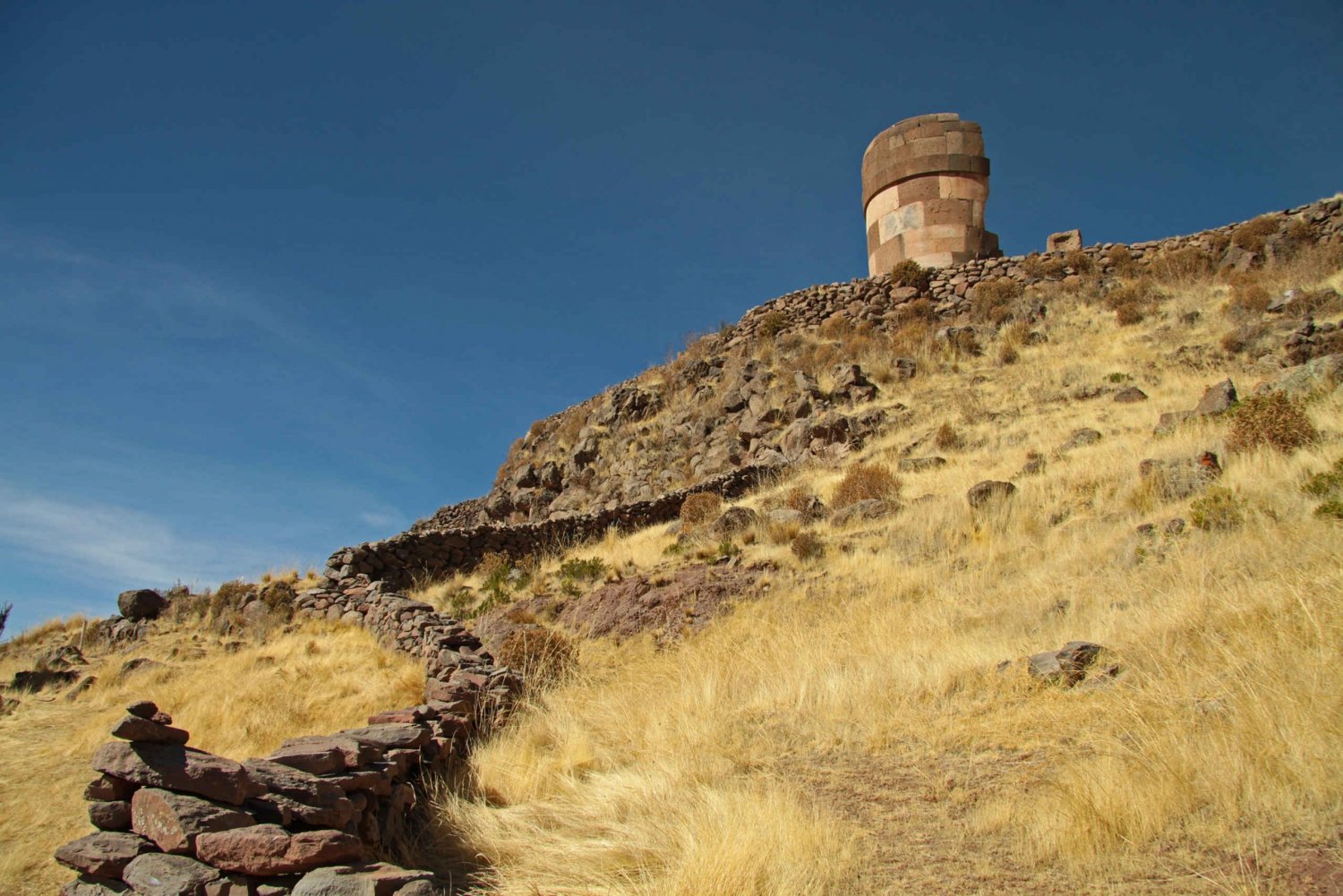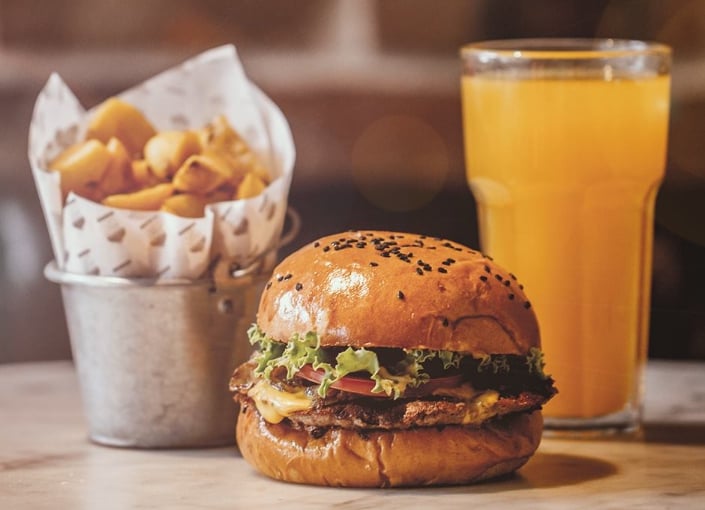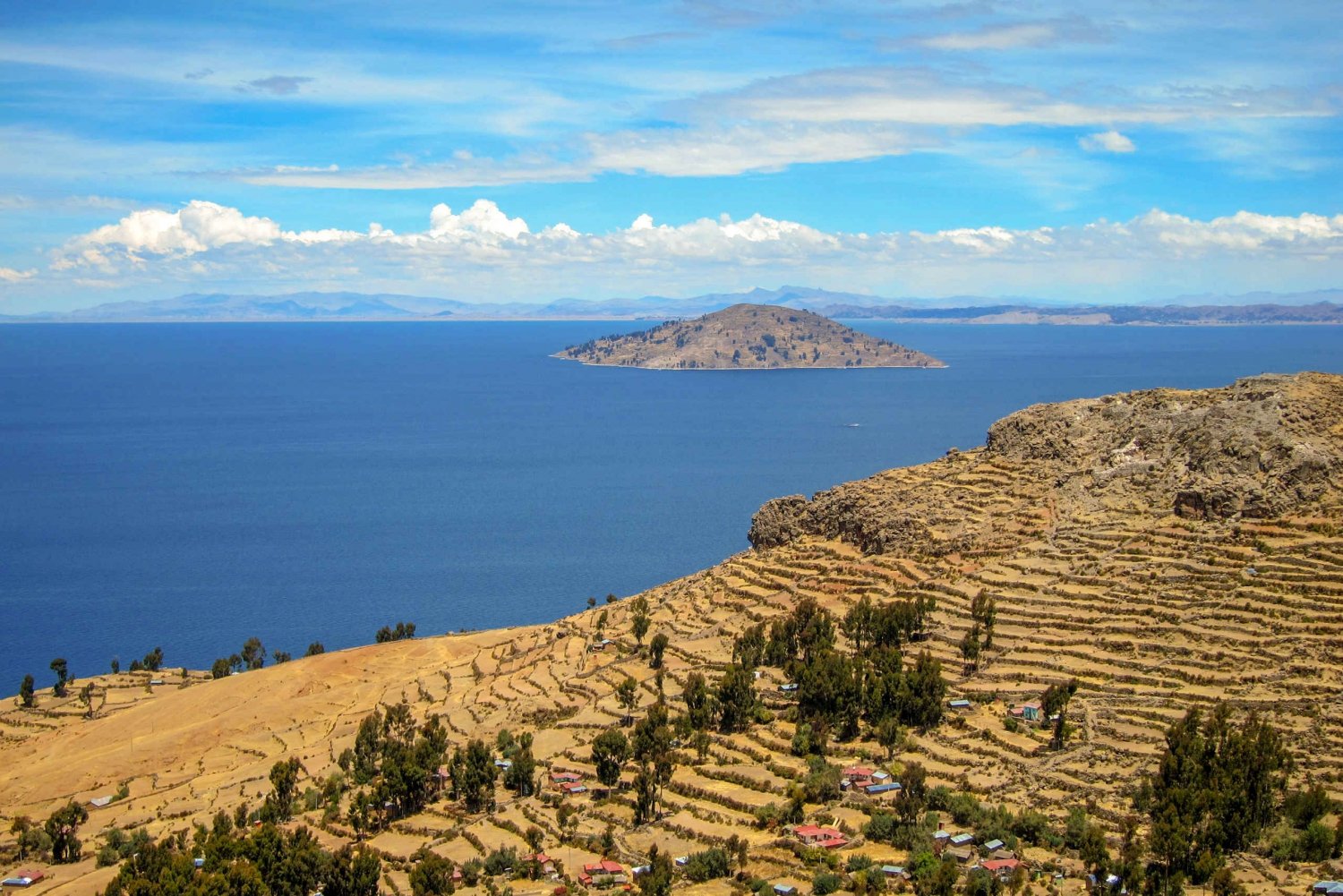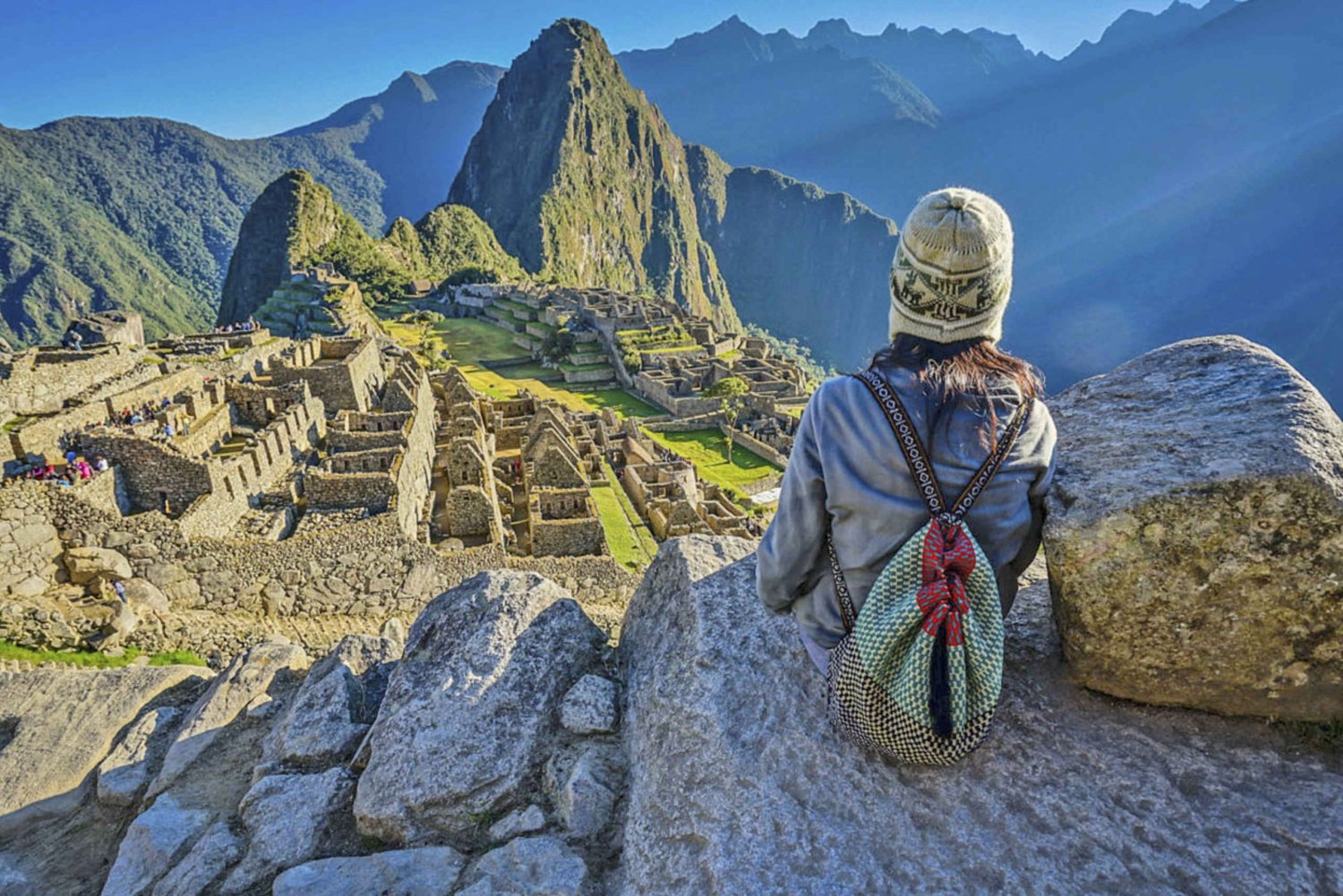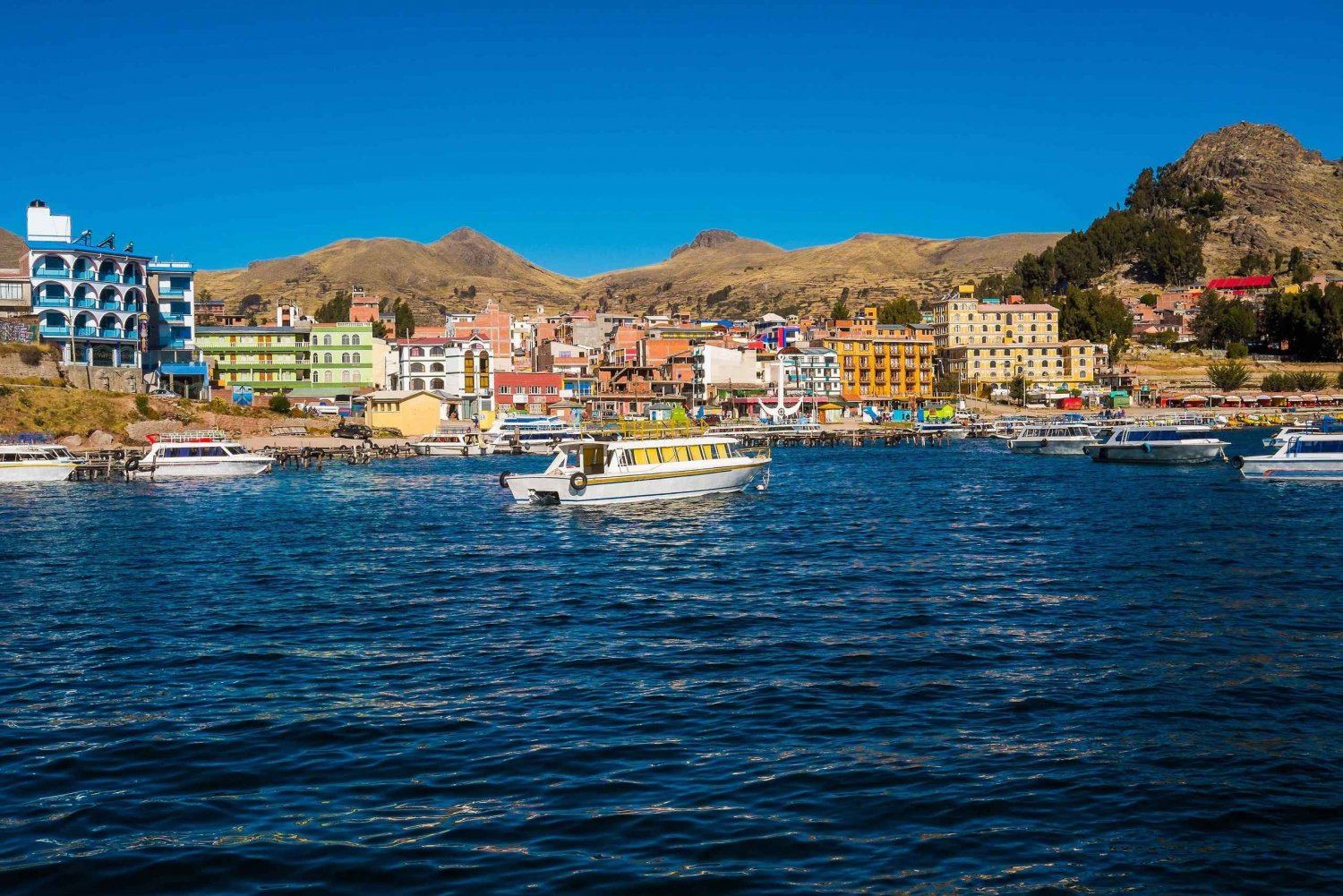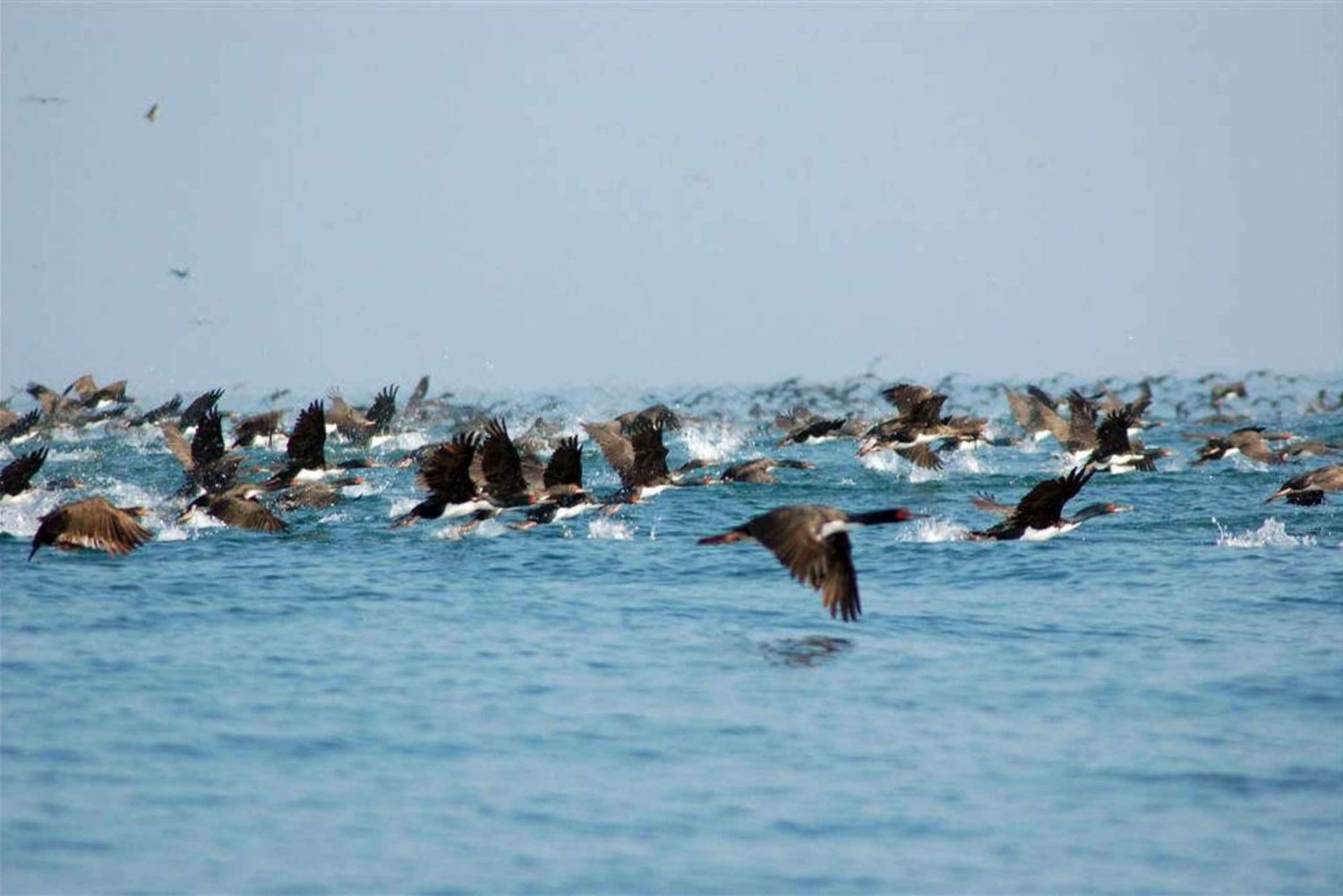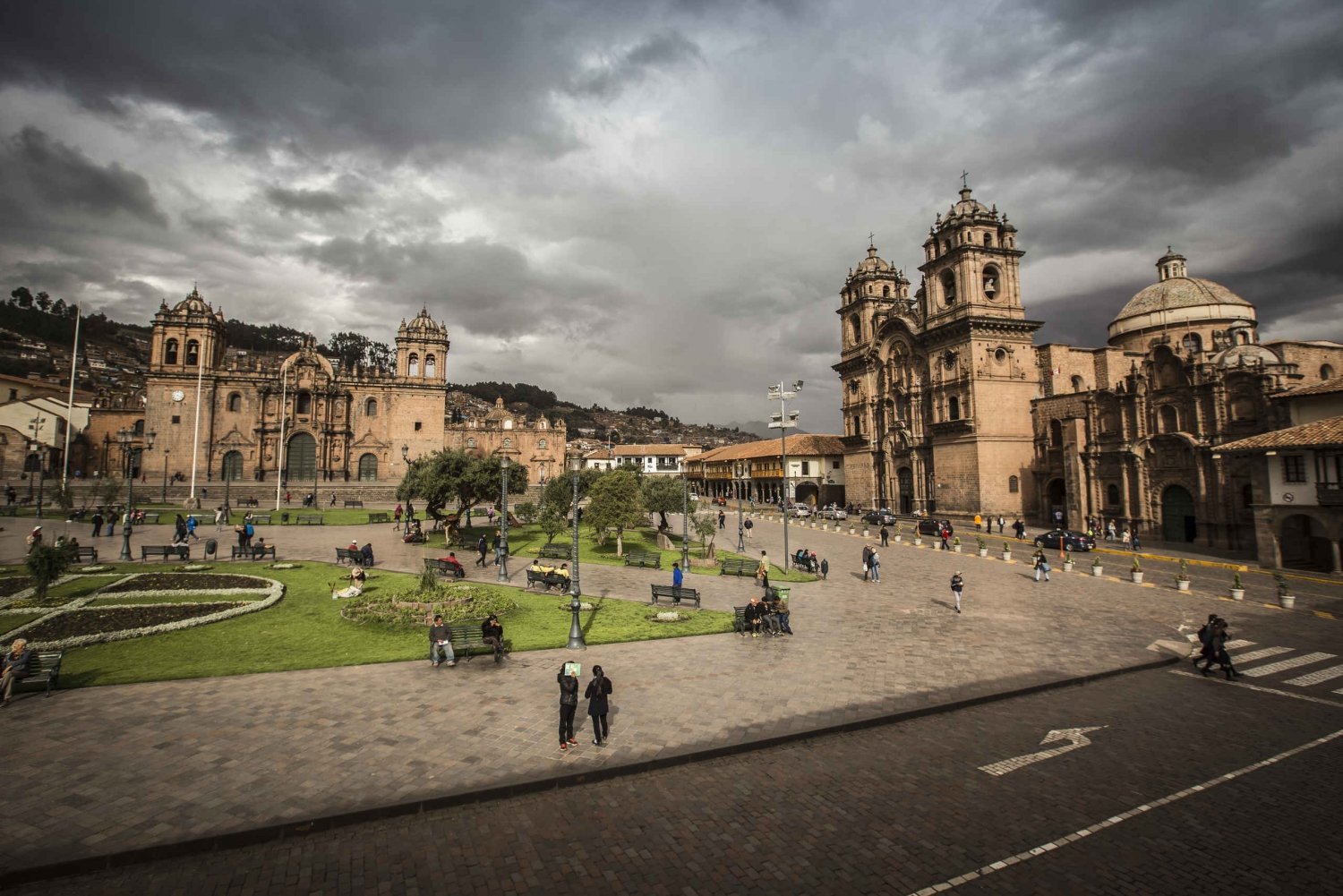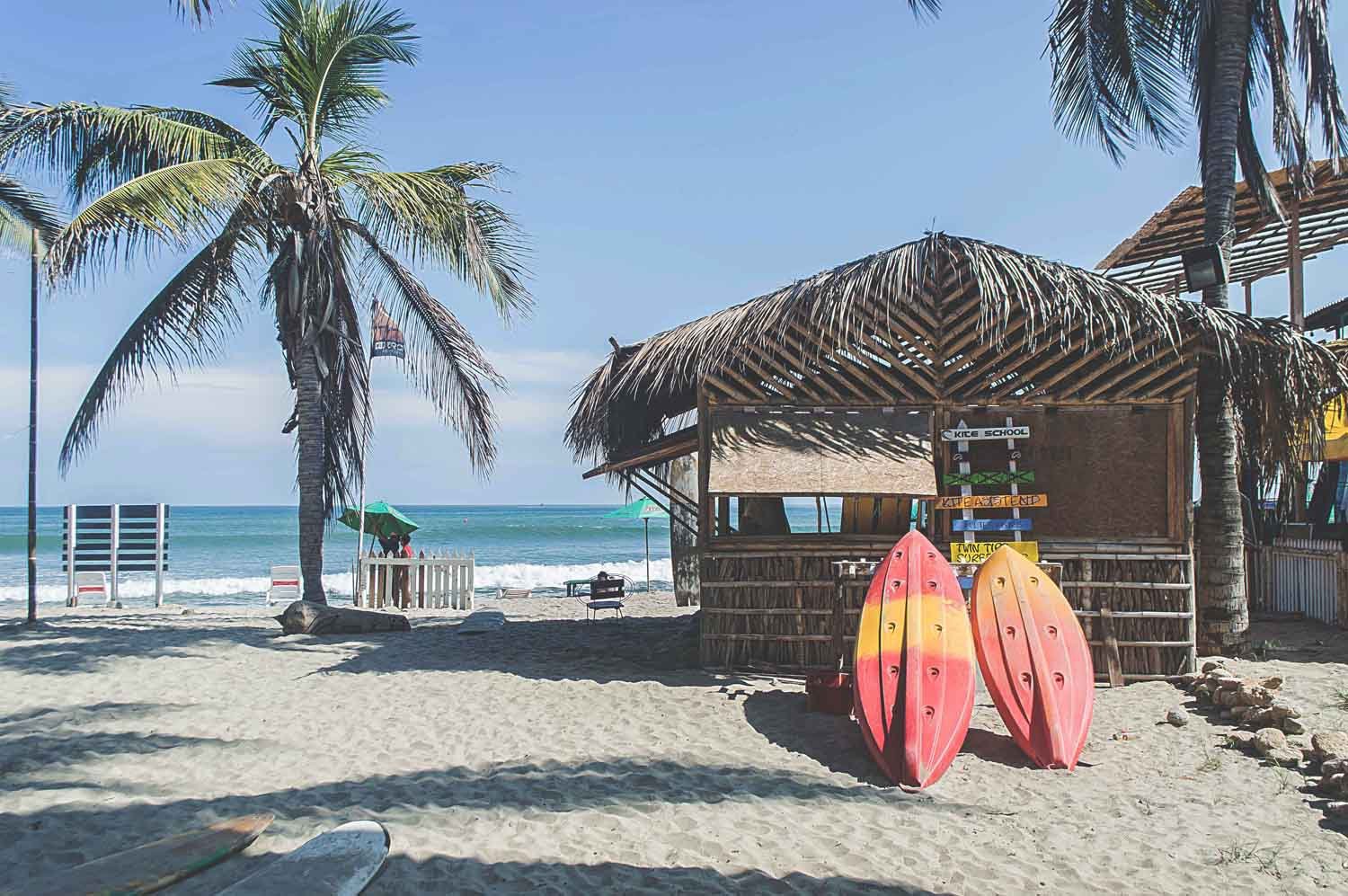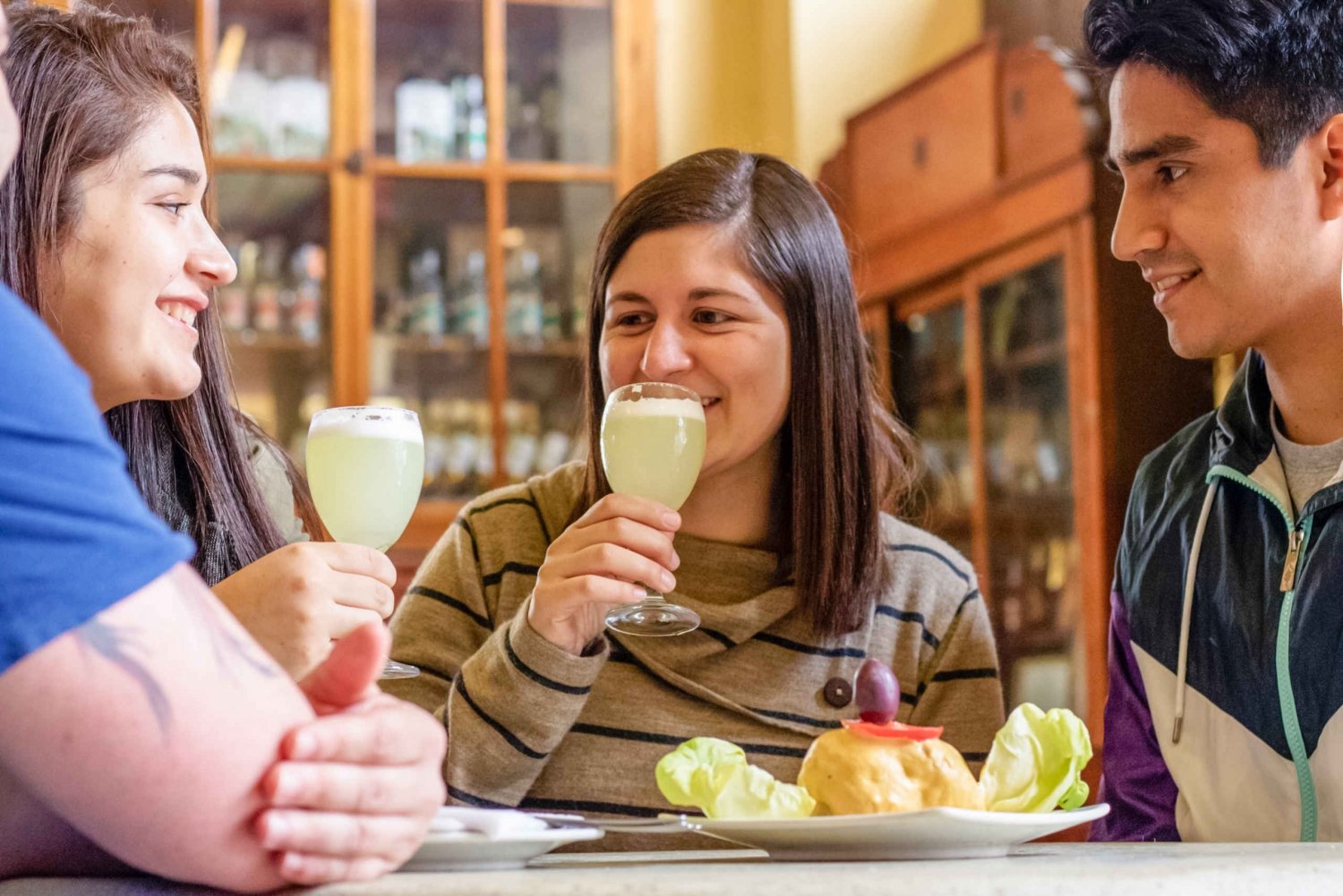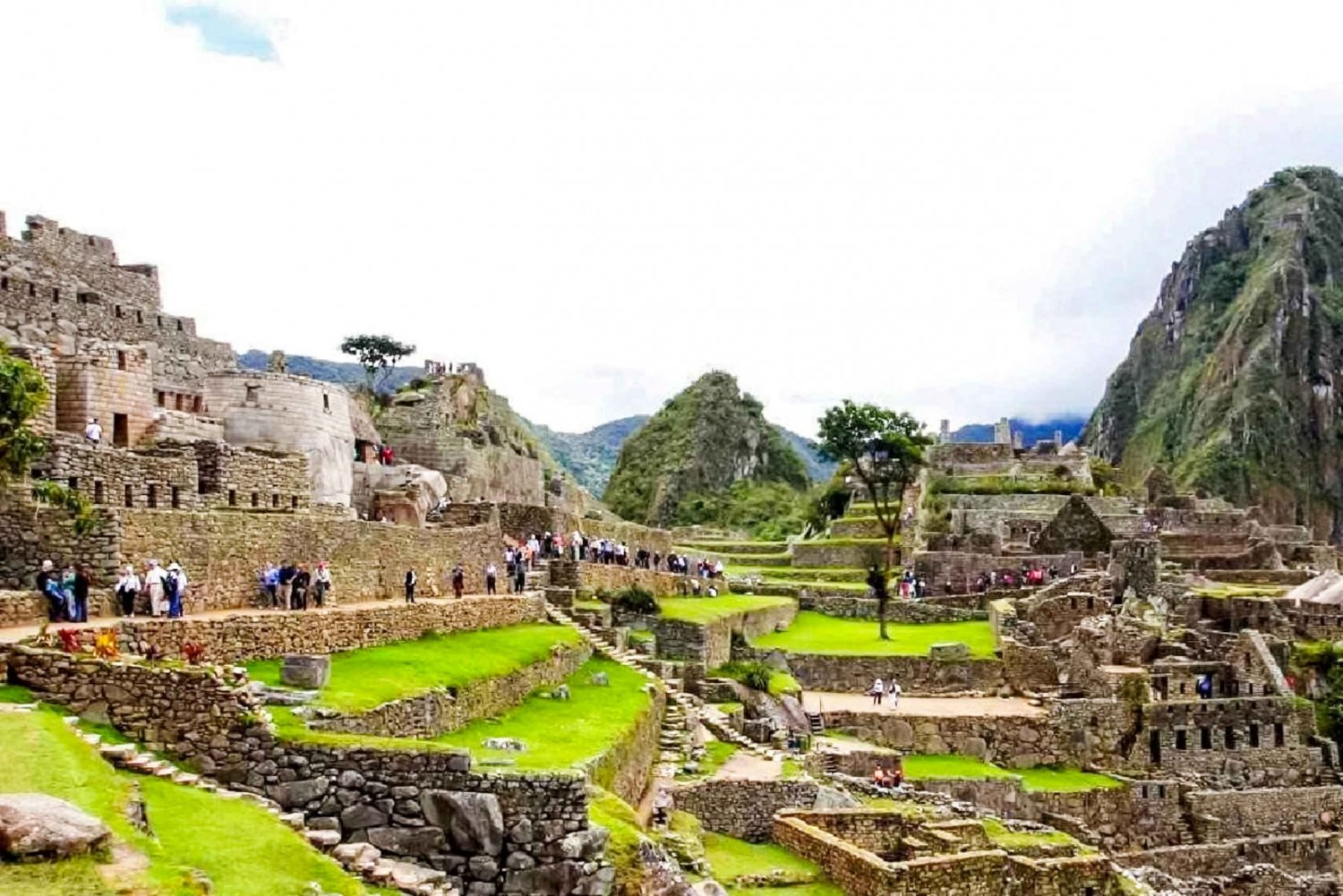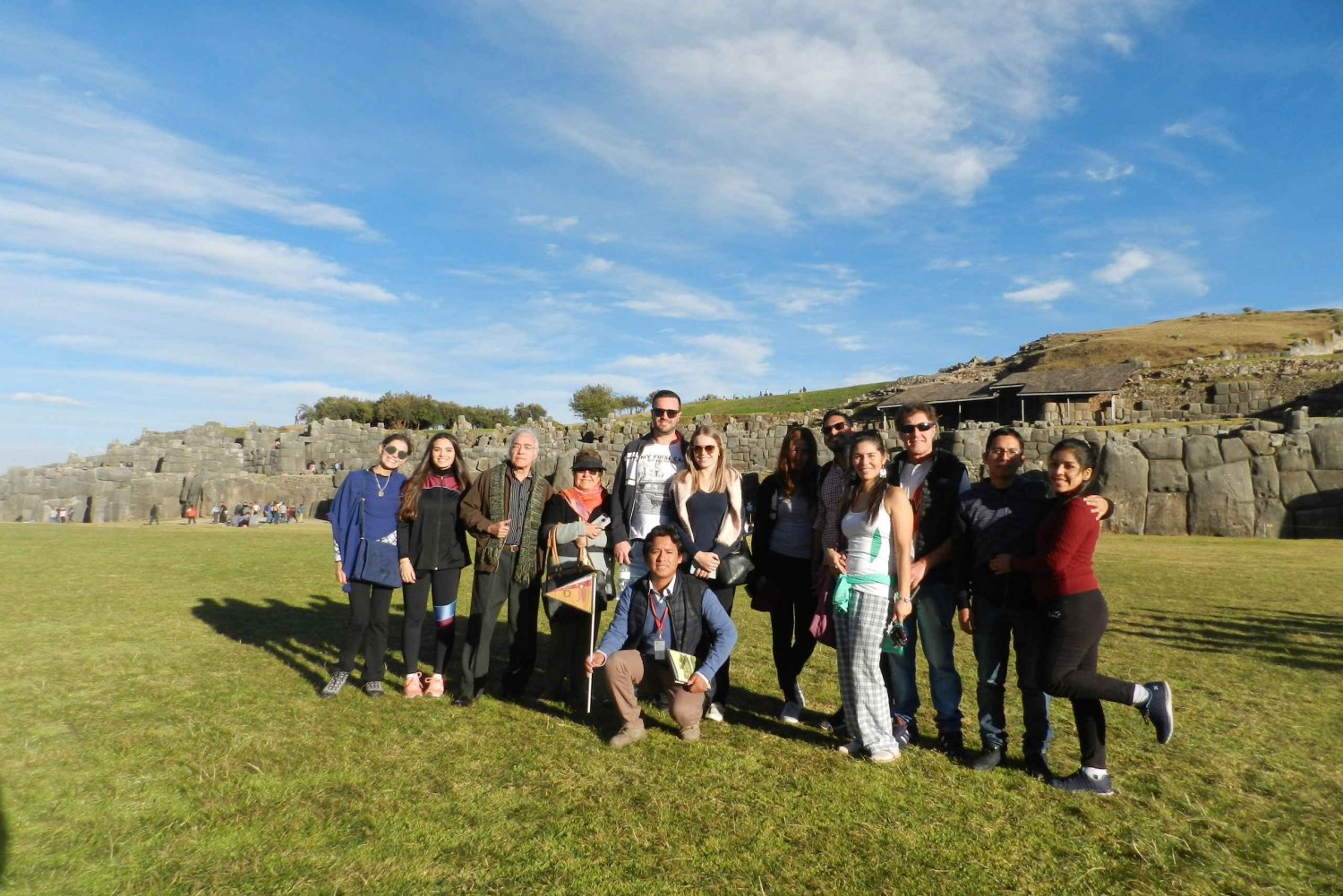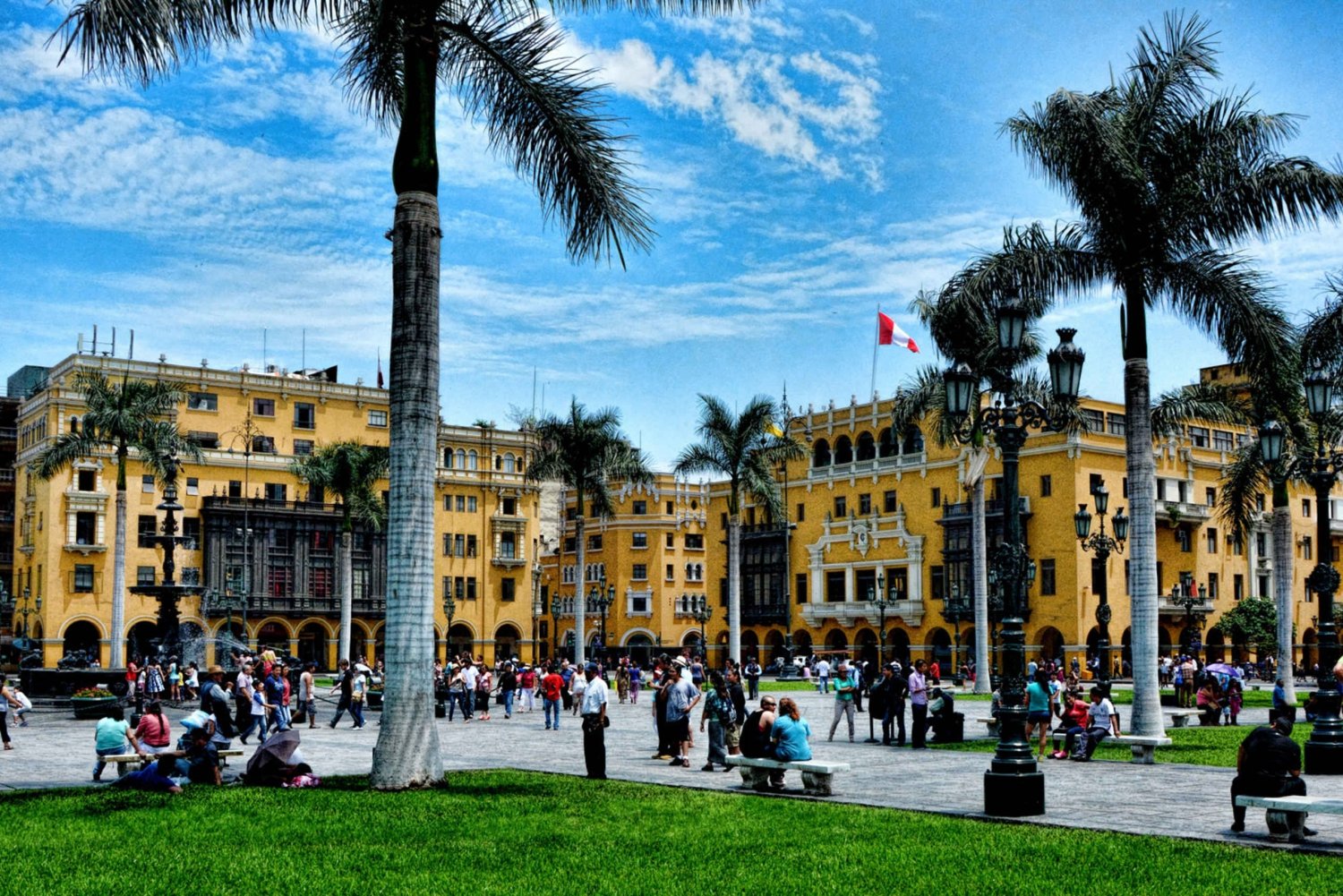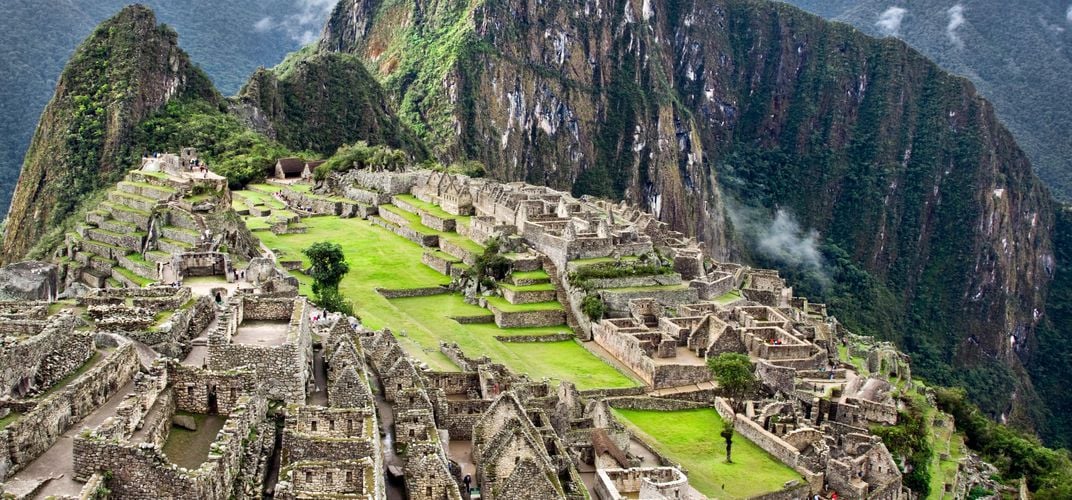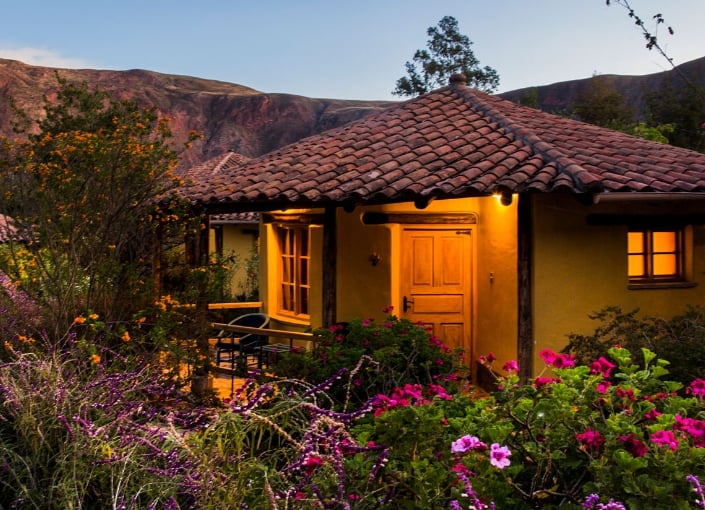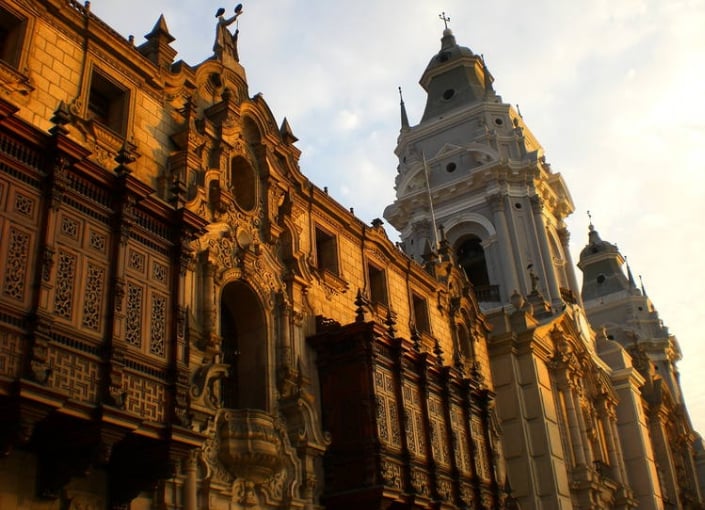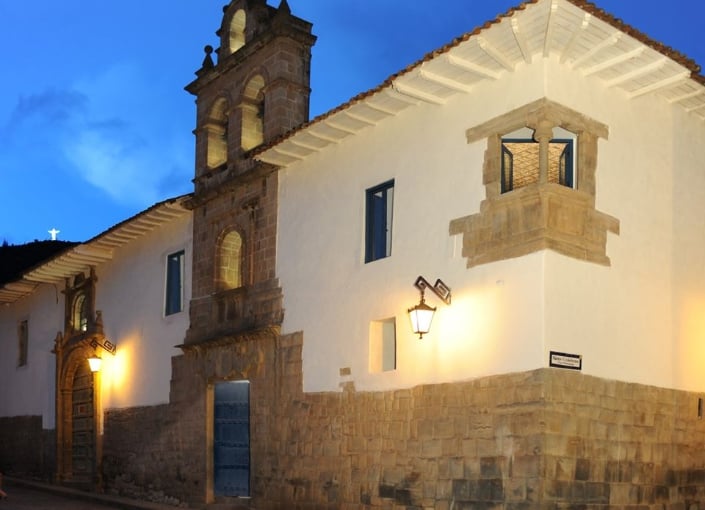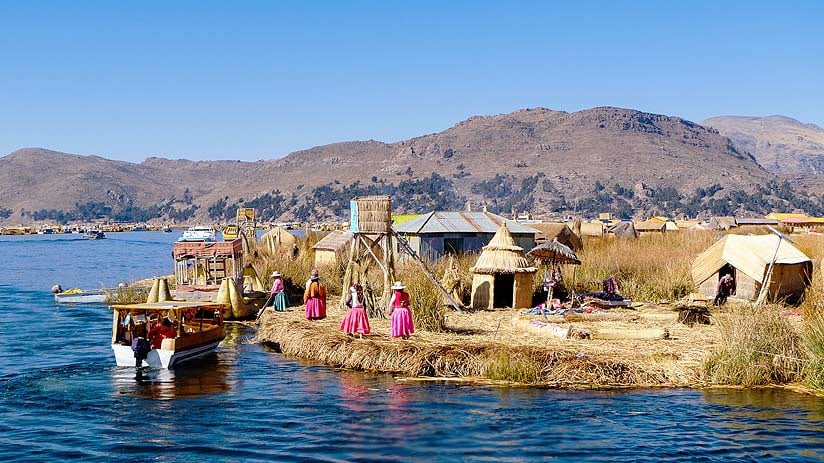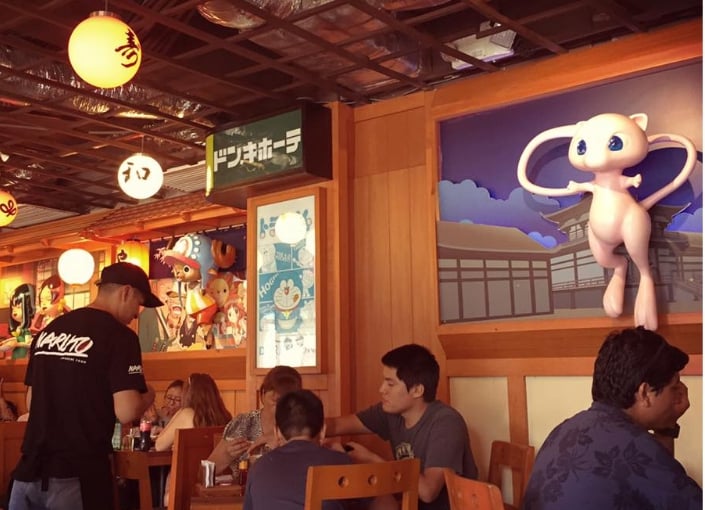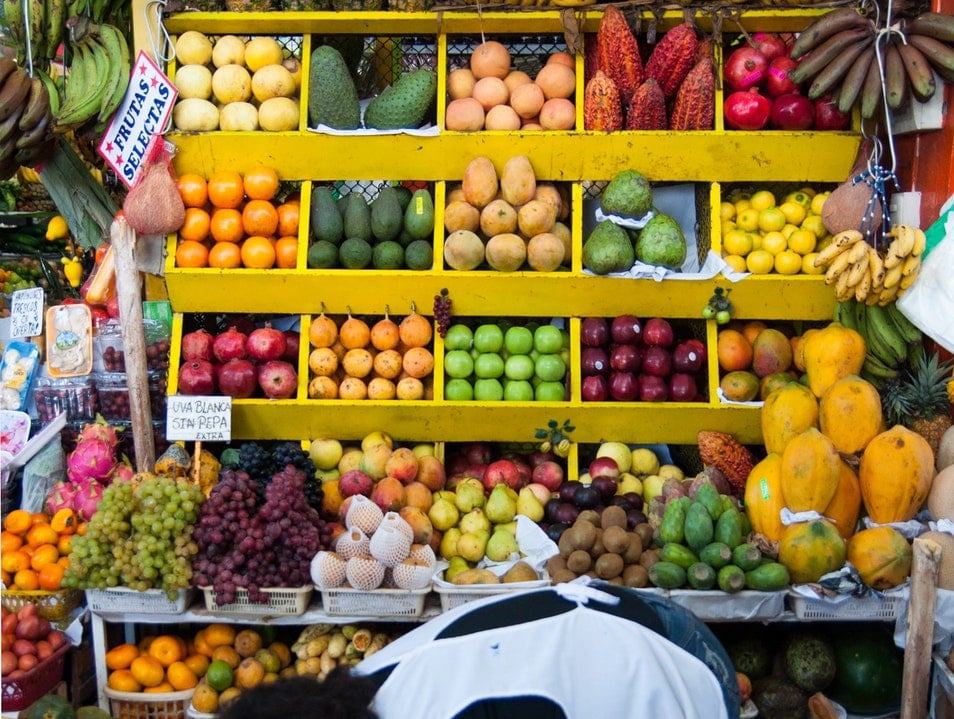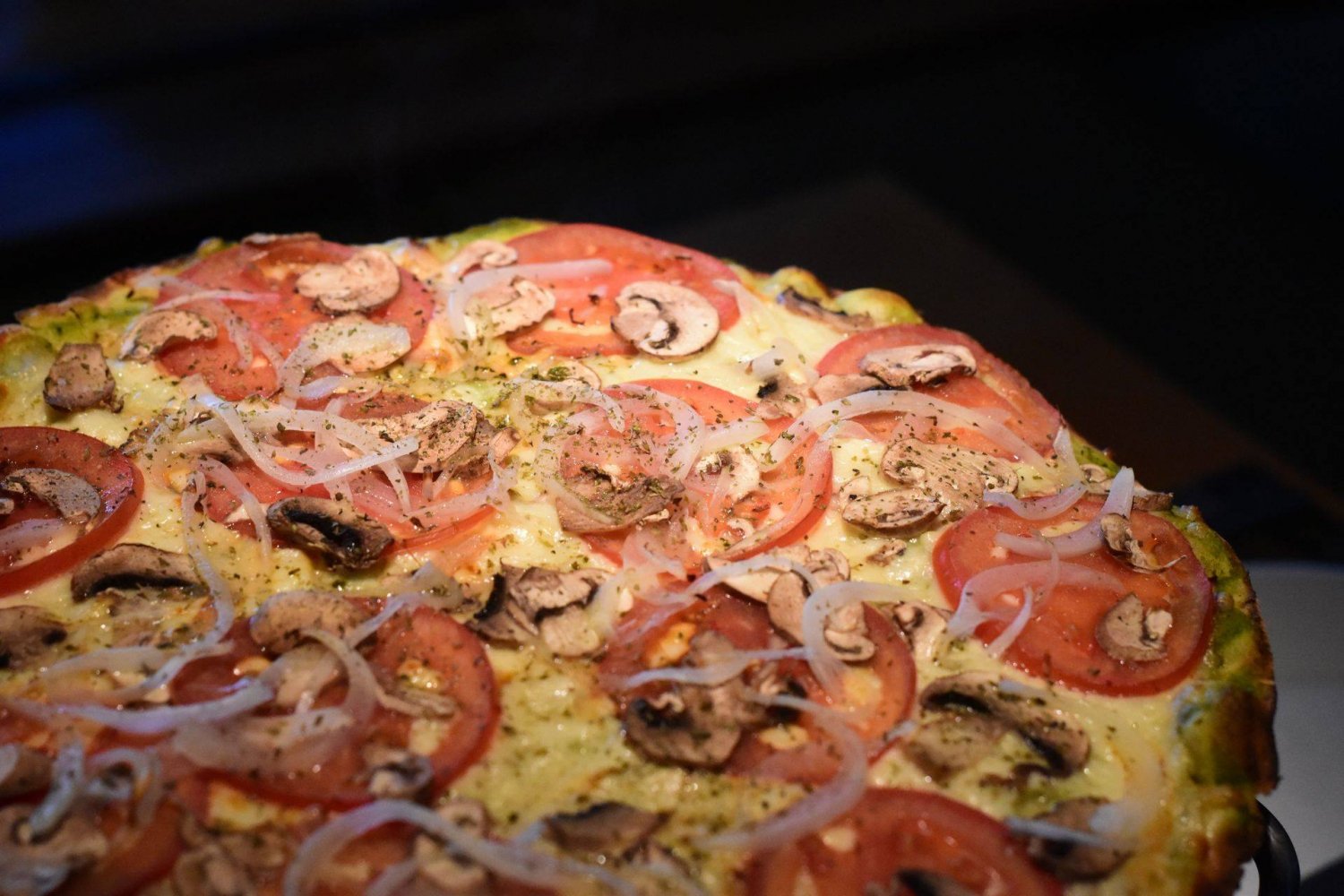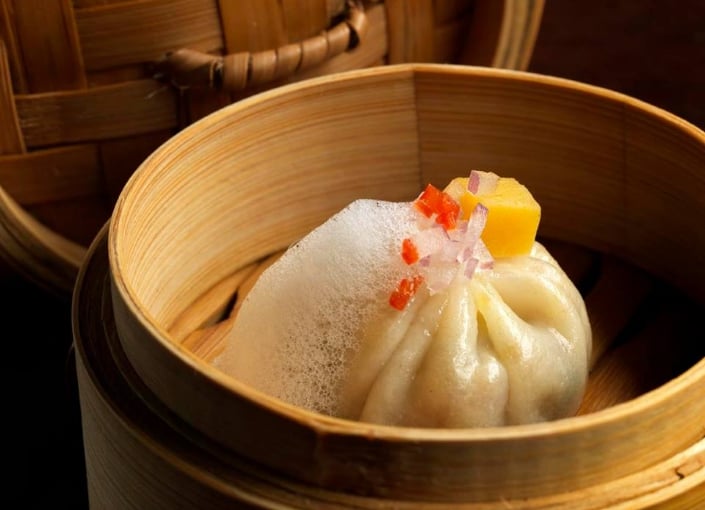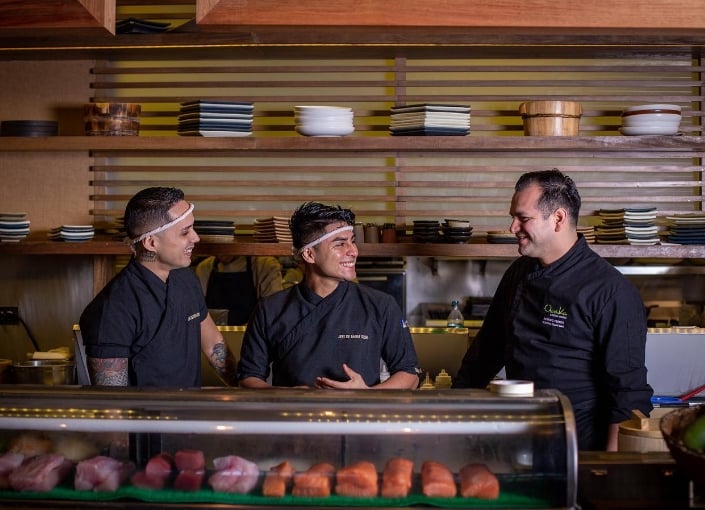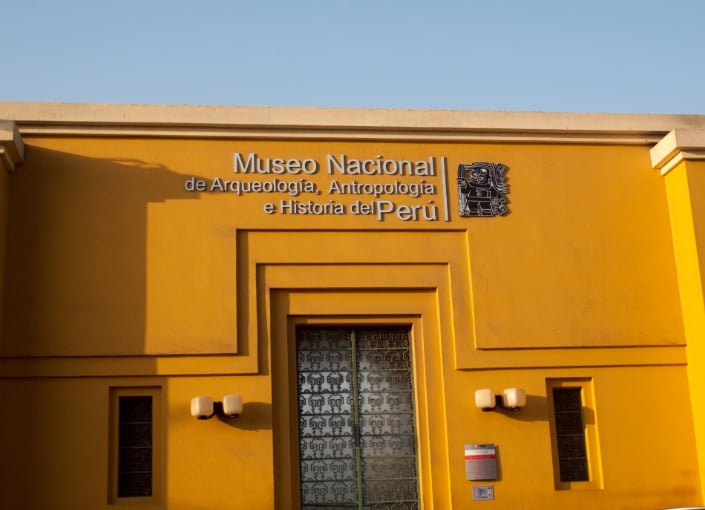Pisco vineyard
Pisco is the national drink of Peru and if you have ever wondered how it is done, now you can discover it, with one of our exclusive stops, visiting an incredible Pisco vineyard with more than 130 years old.
Book Top Experiences and Tours in Peru:
If youʻre booking your trip to Peru last minute, we have you covered. Below are some of the top tours and experiences!- From Arequipa: 2-Day Colca Canyon Tour with Transfer to Puno
- Tambopata Peruvian Amazon Jungle for Three Days/Two Nights
- Lima: Ultimate Peruvian Food Tour
- From Puno: 2-Day Colca Canyon Tour to Arequipa
- From Lima: Paracas and Huacachina Oasis Tour by Luxury Bus
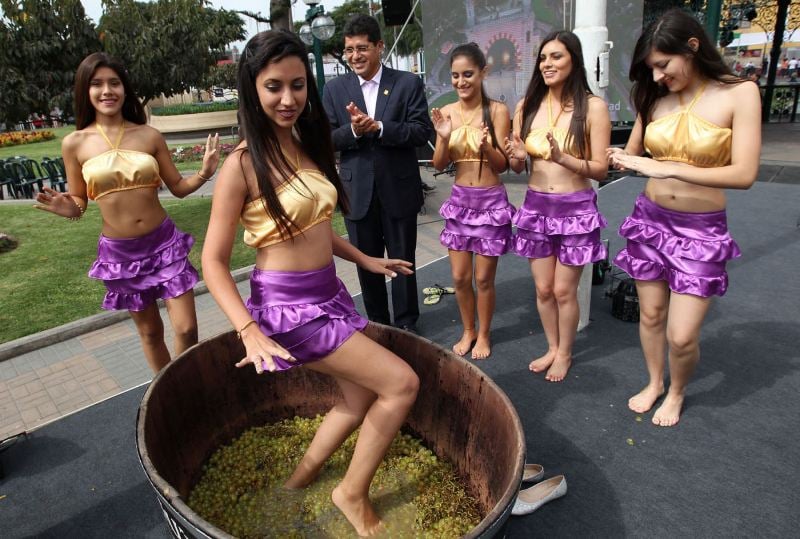 Festival de la Vendimia
Festival de la Vendimia The process:
After this, the grapes go through another process in which they are squeezed by a huge wooden press to extract the juice, it is made of “Huarango”, a type of tree that is native to Peru and other countries in South America, has around 160 years old.
From this pool, the juice and the shell are removed; the second becomes a fertilizer or is used as a simple layer on the ground to prevent dust. Then the juice goes through a wall to a storage tank to fill the clay pots or “jars”. The bottles are located outside, under the tank so that the liquid can fill them. They are then taken to the shade so that the liquid can be fermented for about 2 weeks. Then he goes to a still that reaches 1600 liters. It is cooked for about 18 hours, while the juice of the fermented grape is converted into steam and passed to another chamber where it condenses. Resulting in a clear liquid that will be transferred to another chamber.
The first liters are the head (100Lts): Characterized by its high alcohol content - between 50 and 75%, this is used as fuel for the oven. Then comes the body (400Lts.): Between 40 and 45% alcohol, the official measure of the Pisco del Sur del Peru.
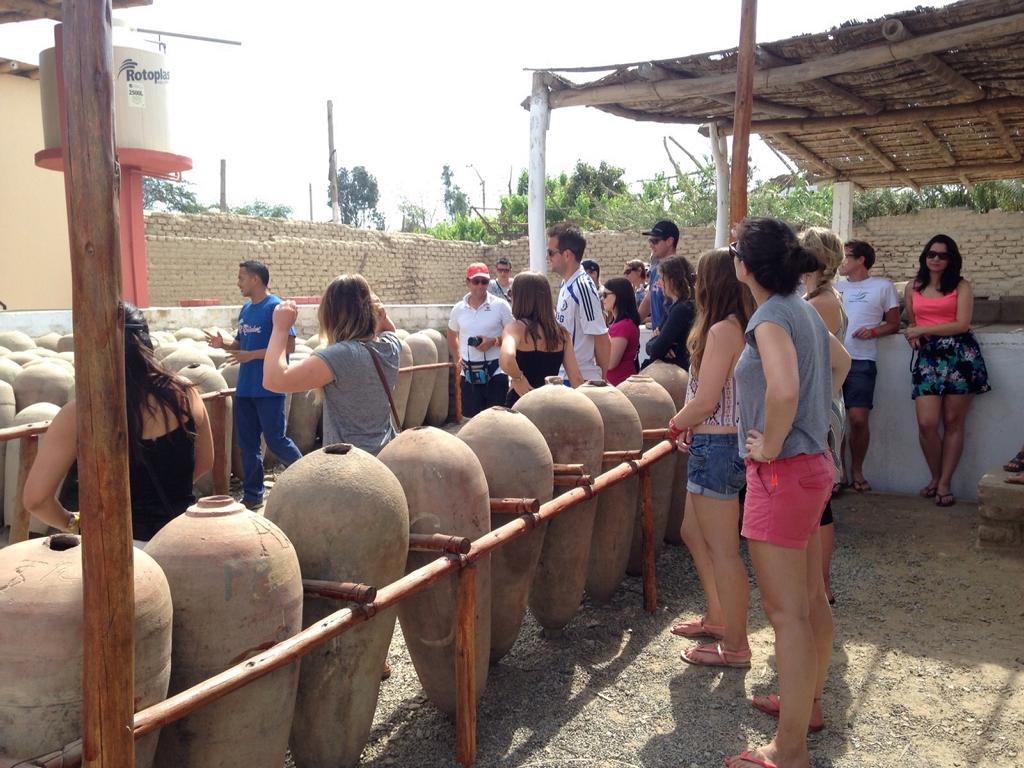 Clay pots
Clay potsFinally the tail (1000Lts.) Obtained that remains in the still, is discarded.
This is the result of the process of 8 thousand kilos of grapes. The body is placed in special pisco containers, where it rests for a month. After this time the Pisco of 42 degrees of alcohol is finally put in a bottle and put up for sale.
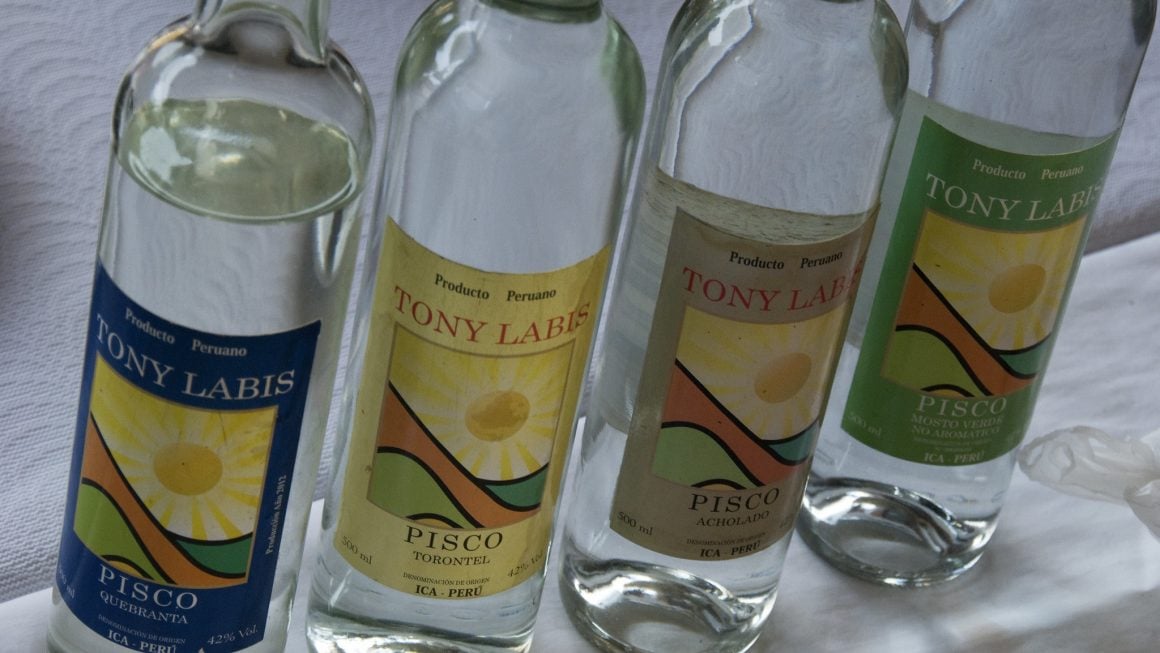 Pisco in the bottle
Pisco in the bottle


